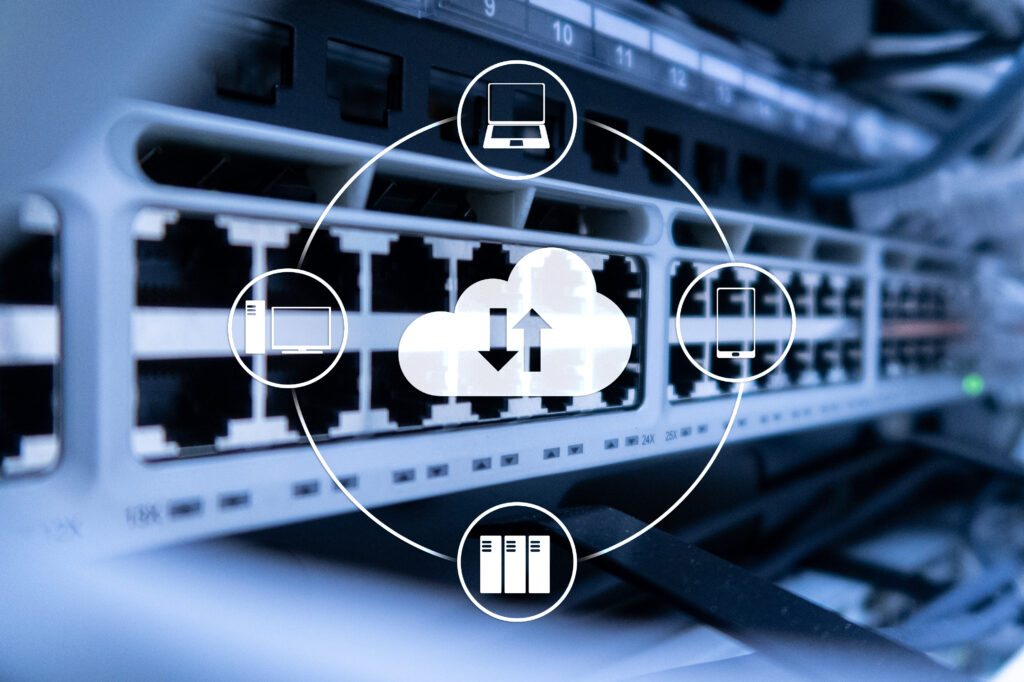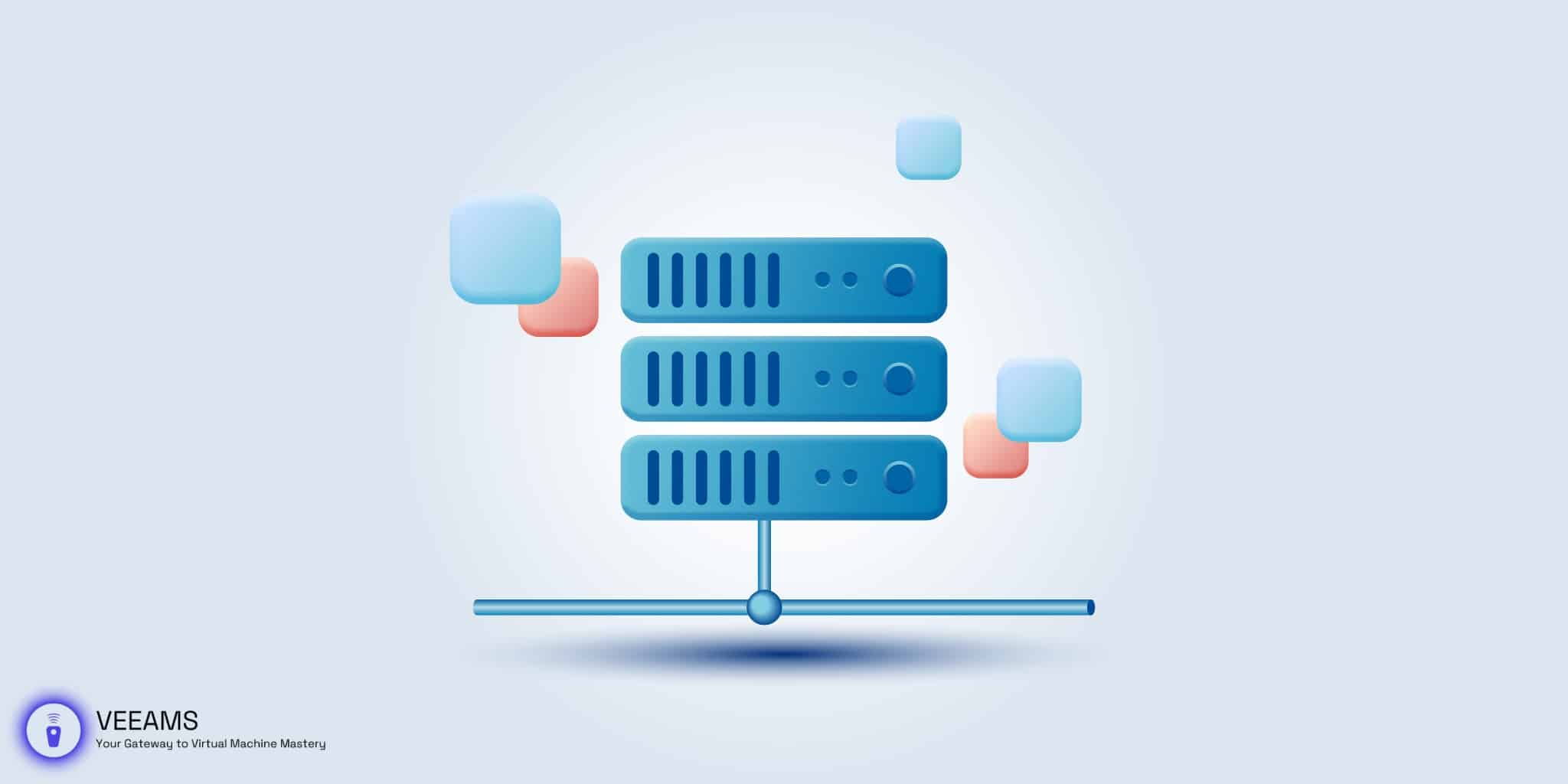mRemoteNG and VMware
In the evolving landscape of virtual networking, efficiency and streamlined processes are paramount. mRemoteNG, a multi-protocol remote connections manager, stands out as a pivotal tool in this domain. When integrated with VMware, a leader in cloud infrastructure and digital workspace technology, it redefines the management of remote connections. This article delves into the nuances of mRemoteNG’s capabilities, particularly when combined with VMware, offering insights into how this synergy can significantly enhance virtual network management.
Setting Up mRemoteNG for VMware Integration
Understanding the Prerequisites
Before diving into the integration process, it’s essential to ensure that your system meets the necessary requirements. mRemoteNG operates efficiently on Windows systems and requires the latest .NET Framework. For VMware, ensure you have a working setup, preferably with the latest updates installed for optimal compatibility and security.
Installation and Configuration Steps
- Download and Install mRemoteNG: Start by downloading the latest version of mRemoteNG from the official website. Follow the installation instructions, paying attention to any specific components that might be required for VMware integration.
- Configuring VMware for Remote Access: In your VMware setup, ensure that remote connections are enabled. This typically involves configuring network settings and ensuring that the VMware Remote Console (VMRC) is accessible.
- Adding VMware to mRemoteNG: Launch mRemoteNG, and navigate to the ‘Connections’ menu. Here, create a new connection and select VMware as the protocol. Input the necessary details such as the IP address of the VMware server, credentials, and any specific port settings.
- Testing the Connection: Once configured, test the connection to ensure that mRemoteNG can successfully communicate with the VMware server. Troubleshoot any connectivity issues by verifying network settings and firewall configurations.
Benefits of Using mRemoteNG with VMware
Enhanced Management Capabilities
The integration of mRemoteNG with VMware brings forth a plethora of management benefits. Users can handle multiple VMware instances from a single mRemoteNG interface, significantly simplifying the process of managing diverse virtual environments.
Security and Compliance
mRemoteNG provides robust security features, including encrypted sessions and secure authentication methods. When used with VMware, this ensures that remote management is not only efficient but also aligns with the best security practices and compliance standards.
Streamlined Workflows
One of the critical advantages of using mRemoteNG with VMware is the streamlining of workflows. Administrators can quickly connect to, manage, and troubleshoot virtual machines (VMs), reducing downtime and improving operational efficiency.
Guide to Streamlining Connections
Creating Efficient Workflows
Streamlining connections in a VMware environment using mRemoteNG requires an understanding of both tools’ functionalities. Here’s how you can optimize these connections:
- Organize Connections: Use mRemoteNG’s interface to categorize and manage your VMware connections effectively. Grouping by project, location, or function can significantly improve accessibility and organization.
- Use of Profiles and Sessions: Leverage mRemoteNG’s ability to save session information and profiles. This feature allows quick reconnection to frequently accessed VMware instances, saving time and effort.
- Customize Connection Settings: Tailor your connection settings in mRemoteNG for each VMware instance, including display resolutions, resource allocation, and specific protocol configurations for optimal performance.
Automation and Scripting
Utilize mRemoteNG’s support for scripting to automate routine tasks. Scripts can be written to perform batch operations across multiple VMware instances, such as updates, reboots, or monitoring, enhancing operational efficiency.

Troubleshooting Common Issues in Integration
Connectivity Challenges
When facing connectivity issues between mRemoteNG and VMware, check network configurations, firewall settings, and ensure both applications are updated to the latest versions. Verifying credentials and connection details can also resolve many common problems.
Performance Optimization
If performance issues arise, consider adjusting the settings within mRemoteNG, such as display quality or resource allocation, to better suit the network bandwidth and the capabilities of the VMware instance.
Advanced Features and Tips for Efficient Use
Keyboard Shortcuts and Interface Customization
mRemoteNG offers several keyboard shortcuts and customizable interface options that can enhance your efficiency. Familiarize yourself with these to navigate and manage connections more swiftly.
Utilizing Plugins
Explore mRemoteNG’s plugins to extend its functionality. These can add additional features or integrate with other tools, further enhancing the VMware management experience.
Comparing mRemoteNG with Other Remote Management Tools
mRemoteNG vs. Traditional Remote Desktop Tools
Traditional remote desktop tools like Microsoft’s Remote Desktop Connection (RDC) offer basic functionality for connecting to remote systems. While RDC and similar tools are widely used due to their native availability in Windows environments, they often lack advanced features like multi-protocol support, tabbed interface, and session management that mRemoteNG offers.
Comprehensive Management Suites
While suites like SolarWinds Dameware offer extensive features, they might be more complex and expensive than mRemoteNG. mRemoteNG, being open-source and free, is a more budget-friendly option with a focus on efficiency and ease of use.
Protocol Support and User Experience
mRemoteNG excels with its multi-protocol support in a single interface, contrasting with tools like PuTTY (SSH-focused) or VNC Viewer (VNC-focused). Its user-friendly interface with tabbed sessions enhances management efficiency.
Future Developments and Updates in mRemoteNG for VMware
Staying Informed
Keep abreast of the latest developments in mRemoteNG and VMware to ensure you leverage new features and improvements. This can be done through official forums, community discussions, and update logs.
Anticipating Future Trends
The landscape of virtual networking is continually evolving. Anticipate and prepare for future trends, such as increased cloud integration or enhanced security protocols, which could impact how mRemoteNG and VMware operate together.
Maximizing Efficiency with mRemoteNG and VMware
Harnessing the Full Potential
In conclusion, the integration of mRemoteNG with VMware offers a robust solution for managing virtual environments. By utilizing the full potential of these tools, administrators can significantly streamline their workflows, enhance security, and optimize operational efficiency.
Continuous Learning and Adaptation
Continual learning and adaptation to new features and best practices are essential in maximizing the benefits of mRemoteNG and VMware. Embrace the evolving nature of these technologies to stay ahead in the field of virtual network management.
